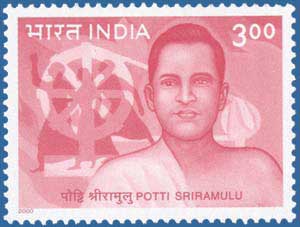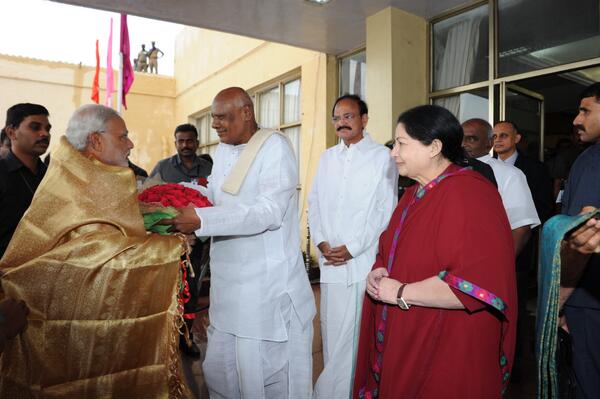matrimc wrote:Both punche (AKA puncha) and dhoti (what we used to say is more like dhovati) are usually white or a light yellow (cream) colored or sometimes they come in other colors too like red, blue, or orange - especially silk ones. There are two ways to wear them depending on the length. Longer ones are worn with a "gOchi" and the shorter ones are worn with no gOchi, i.e. worn like a lungi. Sometimes people get a short cloth stitched into a cylinder which can be quickly worn without gOchi. For wearing the long cloth with gOchi, it is not popssible to have this convenience. I hope people know the fact that tailoring and tailored clothes came to India during mughal times. I remember reading in bAbar nAma in which bAbar laments that there are no tailors in hindoostAn and he had to import them from *wherever* (farghana?).
It is common for women to wear 9 yard sarees with a gOchi in olden days (and even today in Telangana and rural MH - konkan, vidarbha) and 6 yard sarees are worn in the new style. One might have seen Smita Patil in 9 yard sarees in some movies (and possibly Madhuri Dixit?). With gOchi type saree wearing, women show large part of their calves which is not the case when women wear 6 yard non-gOchi style sarees. Same with panche with gOchi and lungi style with no gOchi - men show their calves while wearing the former.
BTW, if one wants to sit on the floor (usually for eating purposes), gOchi style is lot more comfortable than lungi style. Also lungi style wear traps lot more hot air in the nether regions.
more detailed sir. I missed your post.
That style of wear for women is still prevalent in orthodox families of AP. They are supposed to wear like that only on very ritualistic based religious procedures. Not for pomp-and-show type functions (marriages, or regular festivals). For example if they do things like yagna/homam or havan the women in orthodox families still wear the same way that you see in Marathi movies.
There is one more thing I like to share regarding the work punche.
Generally the traditional White long cloth that has border or no border is worn as dhothee. The gochee part if it visible like what you see for PVNR/NTR style wearing or a Smita patil type wear then you call the split as gochee. But women for religious function in AP also wear it differently. The wear so that gochee goes inside the wrap and it is not visible outside. This kind of style is called "kacchaa posi kattu". Looks stylish and elegant

One more note:
In Krishna, Godavari districts and non-Palnadu portions of Guntur districts (considered as chaste-Telugu language lands), Punche ( a.k.a Dhovati) is very common for men. However, during the very old days when widowed women used to wear white clothes, they also used the same Punche. So "punche kattuko" which literally means wear a dhothi used to be same to tell either men or women. It is never uttered to suhagans. However, in Palnadu portions of Guntur Dt and I believe even in prakasam district, they use the same language "punche kattuko" for telling "wear an saree". My mom(Krishna Dt) always tells this language stuff to pull legs of my dad's side (Palanadu region) folks. She is critical of her MIL for asking her to "wear a punche" on her wedding day.

.
That was the level of difference even inside coastal AP. Today all these are 30 minute driving distances.








